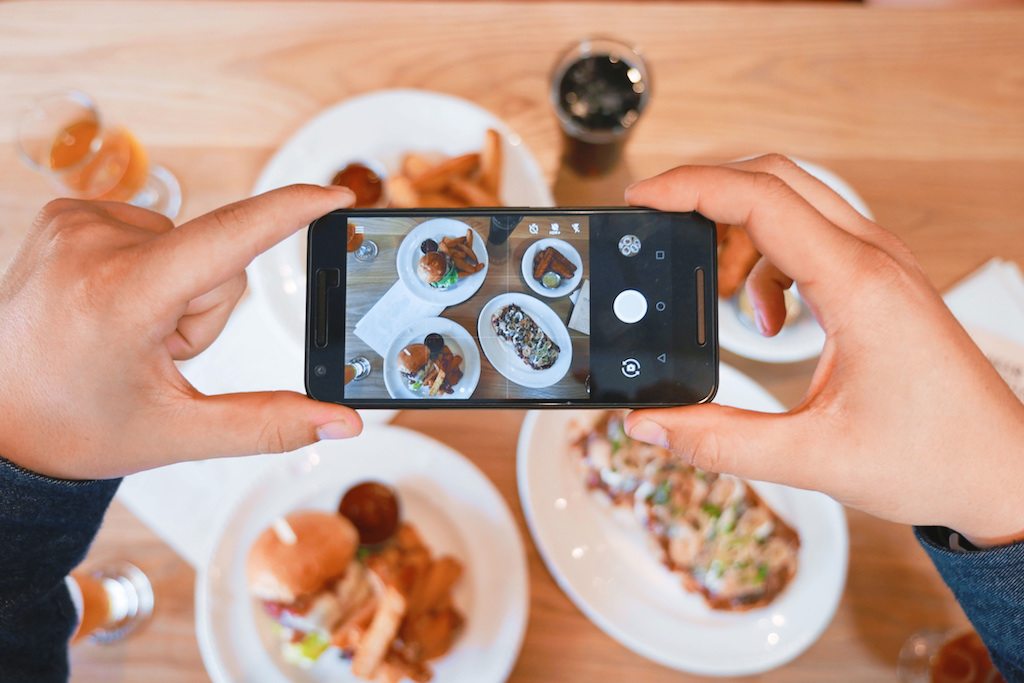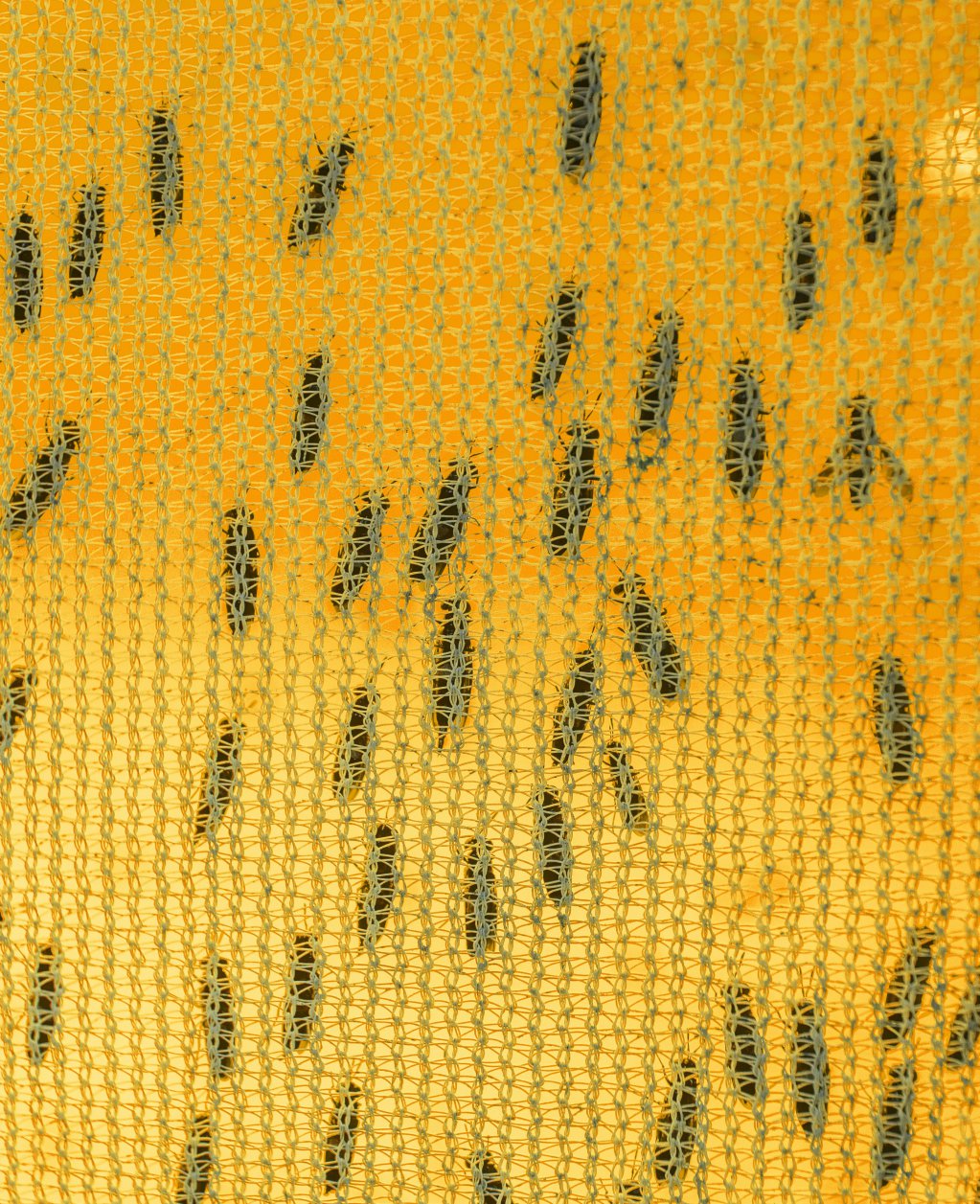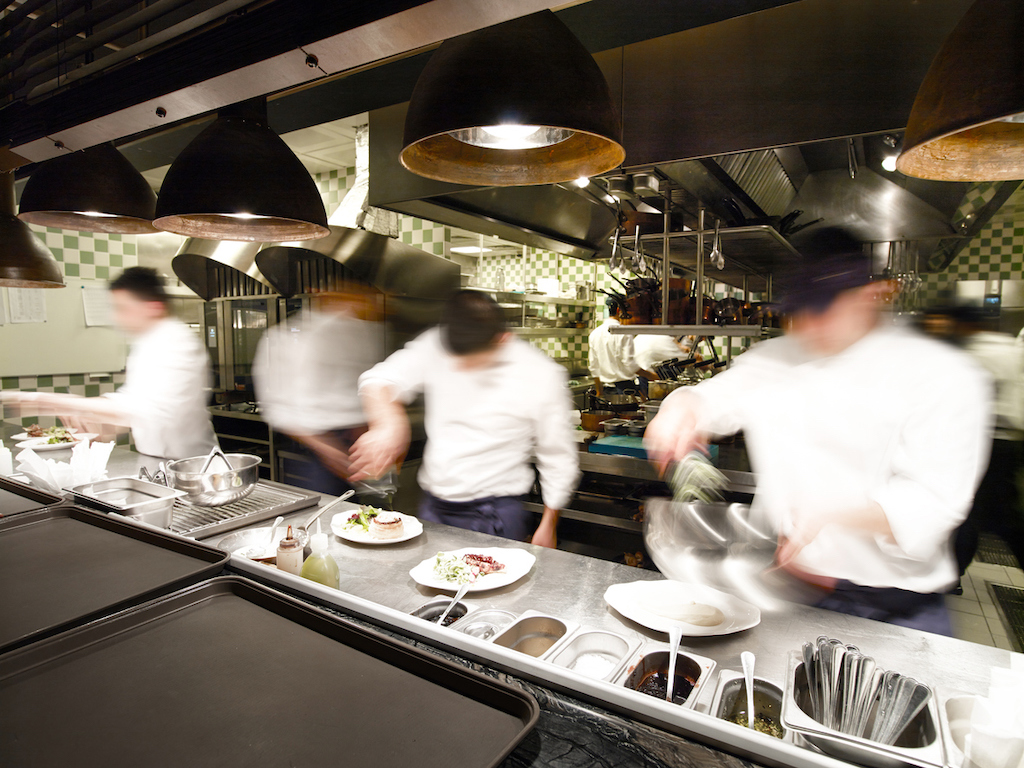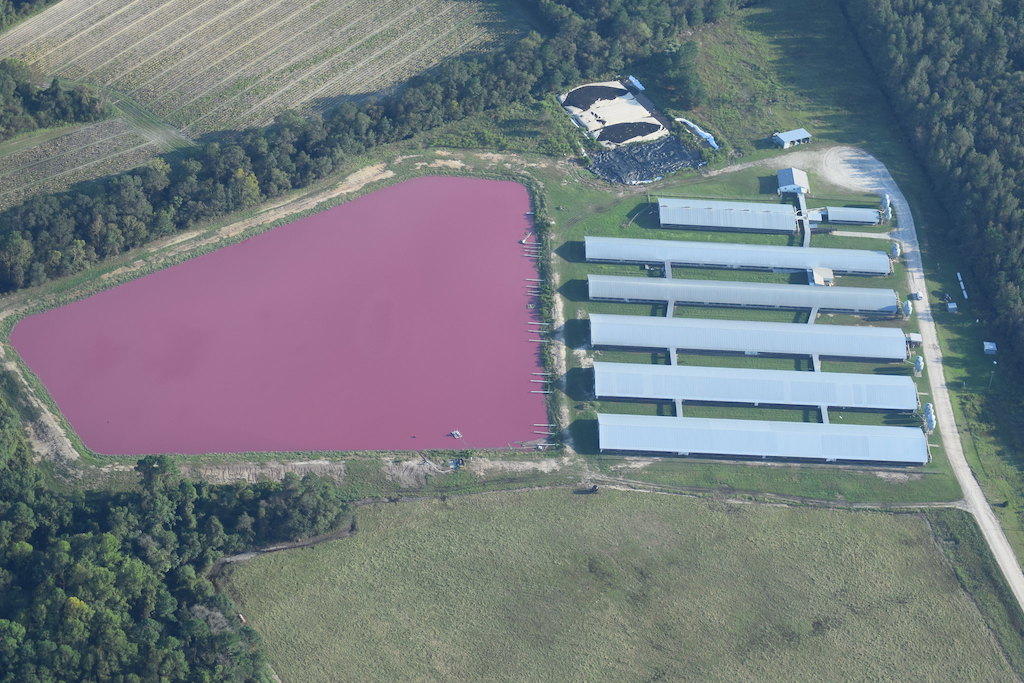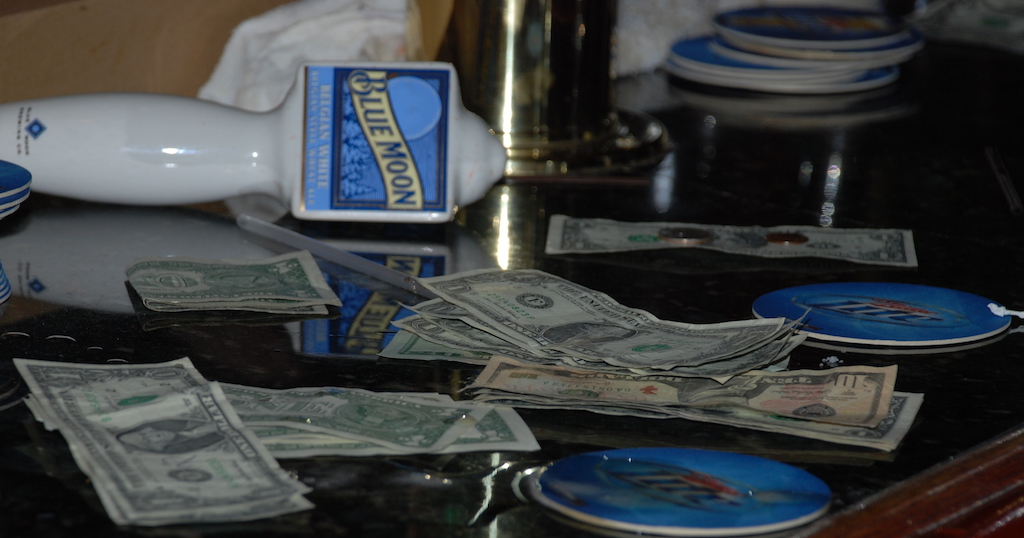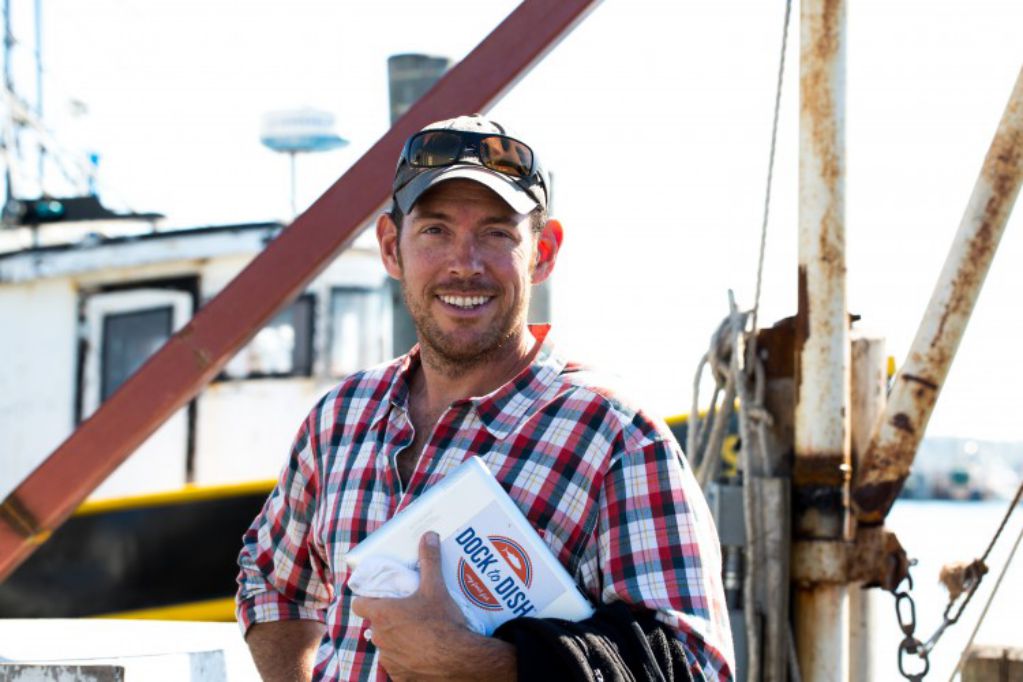
Mirella Cheeseman
Over the past two years, Sean Barrett has created what’s thought to be the nation’s first restaurant-supported fishery (RSF)—a service that provides restaurants with weekly deliveries of seafood, delivered from the dock within 24 hours. Chefs prize the ultra-fresh ingredients, even though they don’t know what Barrett’s fishermen have caught—and what they’ll be putting on the menu—until hours before his truck pulls up.
This mix of quality and unpredictability is changing the way some high-profile chefs think about fish. And though it took a few years to work the kinks out, Barrett’s model is becoming increasingly influential. Current subscribers include Dan Barber’s Blue Hill, Eataly, and Google’s Manhattan office; sister programs have launched in Key West, Los Angeles, and Vancouver, with others on the way.
But Barrett didn’t have global ambitions when he started Dock to Dish in 2012—and he never dreamed he’d count world-famous restaurants as members of his cooperative. The program began as a modest Community Supported Fishery (CSF) with a local goal: to bring sustainable seafood to the south fork of Long Island, while helping Montauk’s fishing community put some extra money in their pockets. Then, along the way, Barrett discovered—by a stroke of good luck—that the best way to feed the folks at home was to send a refrigerated truck to New York City.
Dock to Dish specializes in underutilized species like the butterfish pictured here. Above, a worker brings a shipment to Google’s office in NYC.
From Plan A to Plan B: The problem with CSFs
CSFs, a variation on the popular community-supported agriculture model, are relatively new: the nation’s first launched in 2007. Most programs ask members to pay up front for a season’s worth of whatever fishermen are catching. (In addition to providing up-front capital, there’s a sustainability rationale: this arrangement allows fishermen to bring in underutilized, “untargeted” species instead of just the bass and salmon filets everyone thinks they want.) Despite this tradeoff, the number of CSF programs is growing. Joshua Stoll, who runs the CSF website LocalCatch.org, says there are currently more than 50 nationwide, from Cape Ann, Massachussetts to Santa Barbara County.
But a CSF is not an easy business, explains Stoll, a former policy analyst for the National Marine Fisheries Service. Fish supply is mercurial and weather-dependent, while storms can stop boats from going out to sea. Since seafood is so highly perishable, CSFs must follow more rigorous food safety protocols (including HACCP certification). Most significantly, CSFs require trained staff and costly commercial kitchen space. Breaking all those whole fish into filets is time-consuming and expensive.
When Barrett founded Dock to Dish in 2012, he had all these lessons ahead of him. He invested “well over six figures” to pay for a Web site, two refrigerated trucks, licensing and financial applications, uniforms, packing materials, and promotional events. Skeptics, including some of his own fishermen, told him he’d never get customers to pay months in advance for sight-unseen seafood. But Barrett bet that freshness, transparency, and sustainability would win them over.
Demand wasn’t the problem, as it turned out. His 50-share pilot season sold out in two weeks; two years later, the program had 125 member households and 350 names on the waiting list.
Today, members pay $40 dollars per week for two pounds of fish fillets or $80 for four pounds; they commit to 14- or 20-week seasons and pay up front. Fridays, Barrett meets the boats at Montauk’s piers, selects his product—looking for fish that are in season, and locally, sustainably caught—then heads to the Amagansett Food Institute in Stony Brook, New York, where Barrett and a two-person team work through the night breaking down and packaging hundreds of pounds of whole fish. “Friday’s a very late night,” he says. Near dawn, he loads up and heads out to pickup locations in Amagansett and Montauk—dock to consumer in less than 24 hours.
Barrett’s subscription fees work out to $20 a pound—roughly what you’d pay for premium wild-caught seafood at Whole Foods. But it’s not enough. With 125 members, Barrett wasn’t covering his costs. “If people are looking to get rich, this is not the way,” he told me, in 2014.
At that point, many CSF managers feel forced to scale. “There is a magic number where you can make CSF a sustainable business model financially,” Barrett says. “If you’re very good with your costs, you can do it with 450 or 500 members—though most programs receive grant funding or university support to get to that level.”
But Barrett didn’t feel Dock to Dish could handle that level of membership, and he was afraid to grow too fast. Part of what he offers customers is scrupulous care for how fish are caught. His suppliers use low-impact, traditional methods, including spearfishing; Dock to Dish’s website boasts of how its divers clean up abandoned nets and traps to reduce damage to fish populations. “To maintain our current level of safety and scrutiny,” he told me, “you want to move gradually.”
Making the Model Work: Rise of the Restaurant Supported Fishery
In 2013, Barrett stumbled into the new business model he needed when Joe Realmuto, chef of the East Hampton restaurant Nick and Toni’s, asked if he could buy any fish left over after CSF member orders were filled.

Barrett, left, gets to work on a Dock to Dish bigeye tuna with chef Joe Realmuto in the kitchen of Nick and Toni’s.
It was an odder request than it might sound. “If you think it’s a big leap for consumers to surrender their right to demand, for restaurants it’s even bigger,” Barrett says. Most chefs write menus in advance, sourcing ingredients that suit culinary plans—not vice versa. But it’s hard for restaurants to get truly fresh fish. Conventional markets are governed by “first-in-first-out” rules that effectively guarantee that at any moment what you can buy is the oldest rather than the freshest fish on hand. The vast bulk of commercially available fish takes days, if not weeks, to work through various wholesale channels. And since most fishermen aren’t allowed to sell directly to restaurants, almost no chefs serve fish that comes right from the dock.
Realmuto was so tantalized by the notion of ultra-fresh fish that he was willing to improvise with whatever Barrett brought him after the CSF shares had been parceled out. And so the nation’s first restaurant-supported fishery program was born. By the end of 2013, Barrett had signed up six more restaurants, including some Manhattan heavy hitters: Le Bernardin, Telepan, and Blue Hill. Today, Dock to Dish has 14 restaurant members, with ten more waiting in line.
For restaurant kitchens, dealing with fish this fresh was something new. Jenny Jones, the receiving manager of Gramercy Tavern, told me that—best-case scenario—she’d get a call from Barrett 24 hours before his 7 AM delivery. More often, that call would come closer to 7 at night, and sometimes not until morning.
“We get in at 7 AM, and the fish come a couple minutes later,” says Gramercy sous chef Suzanne Cupps. “Having no idea what it was going to be—and trying to get something put together by 12 noon, with all the other responsibilities—was pretty daunting. It’s not that any of us were closed-minded, but it was not necessarily something that we were jumping for joy about in the beginning.”
But the product’s freshness changed her attitude. “Once we started getting it in week to week, you could really see the exceptional quality,” Cupps said. “It tastes different. It has a different texture. We were able to make these dishes shine around the fish because it was just so delicious.”
And the crunch-time morning deliveries? They ended up inspiring collaboration and new ideas. “We ended up really looking forward to those Wednesday deliveries,” Cupps said. “It was almost more fun when you didn’t know what it was, or you only knew a few hours before. It became one of the funnest things I’ve ever cooked with.”

Left, a Gramercy Tavern sous chef holds a fresh Dock to Dish bluefish. Right, Dock to Dish yellowfin tuna on the chopping block
Chef Bill Telepan said the program has been a hit at Telepan, his farm-to-table restaurant on the Upper West Side. “It’s manageable for a restaurant because it’s just 50 pounds of fish coming in once a week,” he said. “You’re able to get your kitchen staff excited about it because you’re getting this beautiful product in. You’re able to get your wait staff excited about it because it’s something to engage the customers. It’s a 100 percent win-win situation.” Restaurants pay $3,225 per month for a weekly share of whatever Barrett’s fishermen are catching, with a guarantee of at least 300 pounds a month. Unlike in the CSF program, though, Barrett sells his RSF fish whole; because the restaurants break down the fish in-house, he saves the sizable costs of kitchen space and processing staff. After the 2014 season, Barrett estimated that the RSF brought in 60 percent of his revenue—but it accounted for only 20 percent of his costs. “It’s the revenue driver,” Barrett says.
Sticking by CSF: Why financial losses might be worth it
If the RSF is so much more profitable, why not abandon the CSF model entirely?
“When you look at it on paper, the shrewd businessman goes, ‘Dude, drop the CSF,’” Barrett says. “And if we had just set out to be a money-making, financial mechanism then that decision would be clear. But we’re not. We started with a mission: We want to make this seafood available to as many folks as possible.”
Nonetheless, Barrett cut his CSF membership from 125 members to 75 in 2015. At that scale, he says, the program broke even, but it lost money if it was much smaller or larger. “We had a couple seasons where we learned the hard way what did and didn’t work,” he says. “We’ve now found a comfortable plateau.”
But Barrett says the CSF—and its 700-person waiting list—isn’t going away, despite its lower margins.
“There’s so much enthusiasm,” he says. Besides, the program has significant benefits to Dock to Dish’s overall model—even if they don’t show up on profit statements: “You can’t put a dollar value on reconnecting our towns with our local fishermen.”
The programs’ strengths and limitations seem to complement each other nicely. The CSF may not make money, but it brings a new source of healthy, sustainable, food into the local food supply. It connects the people in town with the folks down at the marina. And it means fresh fish from Long Island’s coastal waters are available on the South Fork for the first time. Instead of shipping local seafood out of the community, to Hunt’s Point, fishermen are serving their community directly—earning them hometown accolades that are a source of pride for the people I talked to.
“The feedback is the coolest thing ever,” said Brian Fromm, a local greenstick fisher who sells half his weekly catch to Dock to Dish. “It’s putting a face to the fish.”
The RSF, on the other hand, whisks fish into the kitchens of upscale Manhattan eateries, mostly taking food out of Long Island. The chefs don’t typically interact with the fishermen, and neither do restaurant patrons—though their dollars flow back to Montauk’s docks. But RSF keeps the whole program afloat. It educates a large customer base about the industry. And it’s great advertising. With high-profile chefs like Telepan and Dan Barber singing the program’s praises, and front-of-house staff explaining the program’s methods and merits to guests, Dock to Dish has become perhaps the most visible CSF program in the nation.
As Barrett put it: “In the CSF, we have much higher social impacts, and lower financial revenues. In the RSF, we have higher revenues, but a lower social impact. Balance out those two, and you’re really in the black.”
Beyond Montauk: Spreading the model
In 2014, Barrett was approached by two fishermen/restaurateurs from Key West—Paul Menta and Chris Holland—who wanted advice on starting their own CSF/RSF hybrid. The product of those conversations, Dock to Dish Key West launched this summer. Barrett licensed the name for a nominal fee, which he says covered the cost of hiring a lawyer to figure out how to set things up.
When Dock to Dish Key West had a successful pilot season, other CSF operators noticed. A few ended up adopting Dock to Dish’s model (and name) to help keep their existing CSFs running. Sara Rathbone, founder of the Santa Barbara-based CSF Community Seafood, will soon launch Dock to Dish Los Angeles. And later this year, Sonia and Shaun Strobel co-founders of the Skipper Otto’s CSF, plan to launch Dock to Dish Vancouver. Barrett is providing resources and coaching—and the use of the Dock to Dish name—free of charge, in what he calls a “big pro-bono, good karma boomerang.”
Though Barrett’s not profiting financially, this approach has palpable rewards: The new programs help cement Dock to Dish’s reputation as a premier sustainable fishing program, and dramatically increases its national visibility. And some very big fish are paying attention. Google, for instance, is not just a new RSF client—the company and Barrett are in ongoing talks about how Dock to Dish methods might be adopted by at its offices nationwide.
And so, Barrett can finally breathe a little easier. After three years of almost nonstop experimentation, Dock to Dish has finally reached a comfortable place.
“It’s been one long, constant exercise in problem solving,” Barrett says. “And there were some touch-and-go moments in our first few years. But with the help of a lot of great people, we finally have got Dock to Dish to a healthy, sustainable platform.”
“You can hear a big exhale,” he says. “Everyone’s thinking—oh my goodness, we made it.”



